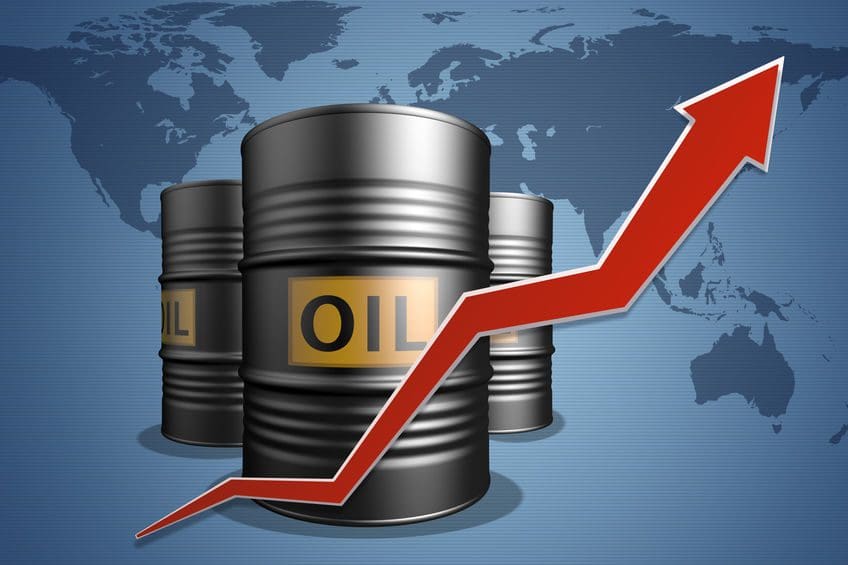Demand for petroleum products declined this year in reaction to reduced economic activity due to the COVID-19 pandemic, but the future looks much better, according to a report from the Energy Information Administration (EIA) at the U.S. Department of Energy.
EIA predicts the U.S. gross domestic product (GDP), which began rising in the third quarter of this year, will grow by 3.1 percent annually in 2021 offsetting a 4.4 percent decline in the first half of 2020.
As economic activity rises, so will consumption.
EIA forecasts that global consumption of petroleum and liquid fuels will increase 5.6 million barrels per day (b/d) in 2021 from an average of 92.4 million b/d for all of 2020, which is down by 8.8 million b/d from 2019.
On the supply side, EIA forecasts OPEC crude oil production will average 27.5 million barrels b/d in 2021, up from an estimated 25.6 million b/d in 2020.
The increase reflects OPEC’s announced potential increases to production targets and production increases in Libya. At the December 3 meeting, OPEC and OPEC+ participants decided to limit oil production increases planned for January 2021. OPEC+ announced it will increase its production target by 0.5 million b/d in January 2021. The group had initially planned to increase its target by 2.0 million b/d. The group will also assess the state of global oil markets and petroleum demand monthly, adjusting targets based on market conditions.
EIA now forecasts OPEC crude oil production will average 25.7 million b/d in the first quarter of 2021, which is 1.7 million b/d lower than forecast in November and reflects the announced changes to OPEC+ targets and more effective assumed compliance with targets.
EIA expects crude oil production in the U.S. Lower 48 states will increase from 8.7 million b/d in February 2021 to 9.1 million b/d in December 2021, as drilling increases in response to rising oil prices. This increase contributes to total U.S. crude oil production reaching 11.4 million b/d in December 2021. On an annual average basis, EIA expects U.S. crude oil production to fall from 12.2 million b/d in 2019 to 11.3 million b/d in 2020 and 11.1 million b/d in 2021.
Crude oil prices responded to increases in demand and lower supplies by rising to the $40-$45 range on the New York Mercantile Exchange in early December and $45-$48 range on the international Brent crude oil exchange.
EIA expects that Brent prices will average $49 in 2021, up from an expected average of $43 in the fourth quarter of 2020.
Crude oil prices in the U.S. began the year at $60 but fell sharply in April reaching a historic low of -$37 per barrel in response to the pandemic creating a lockdown of economic activity and a record oversupply of crude oil in storage.
Today, economists are optimistic about the return of economic activity worldwide as the medical community begins the distribution of vaccines for COVID-19.
Alex Mills is the former President of the Texas Alliance of Energy Producers.
Alex Mills is the former President of the Texas Alliance of Energy Producers. The Alliance is the largest state oil and gas associations in the nation with more than 3,000 members in 305 cities and 28 states.






